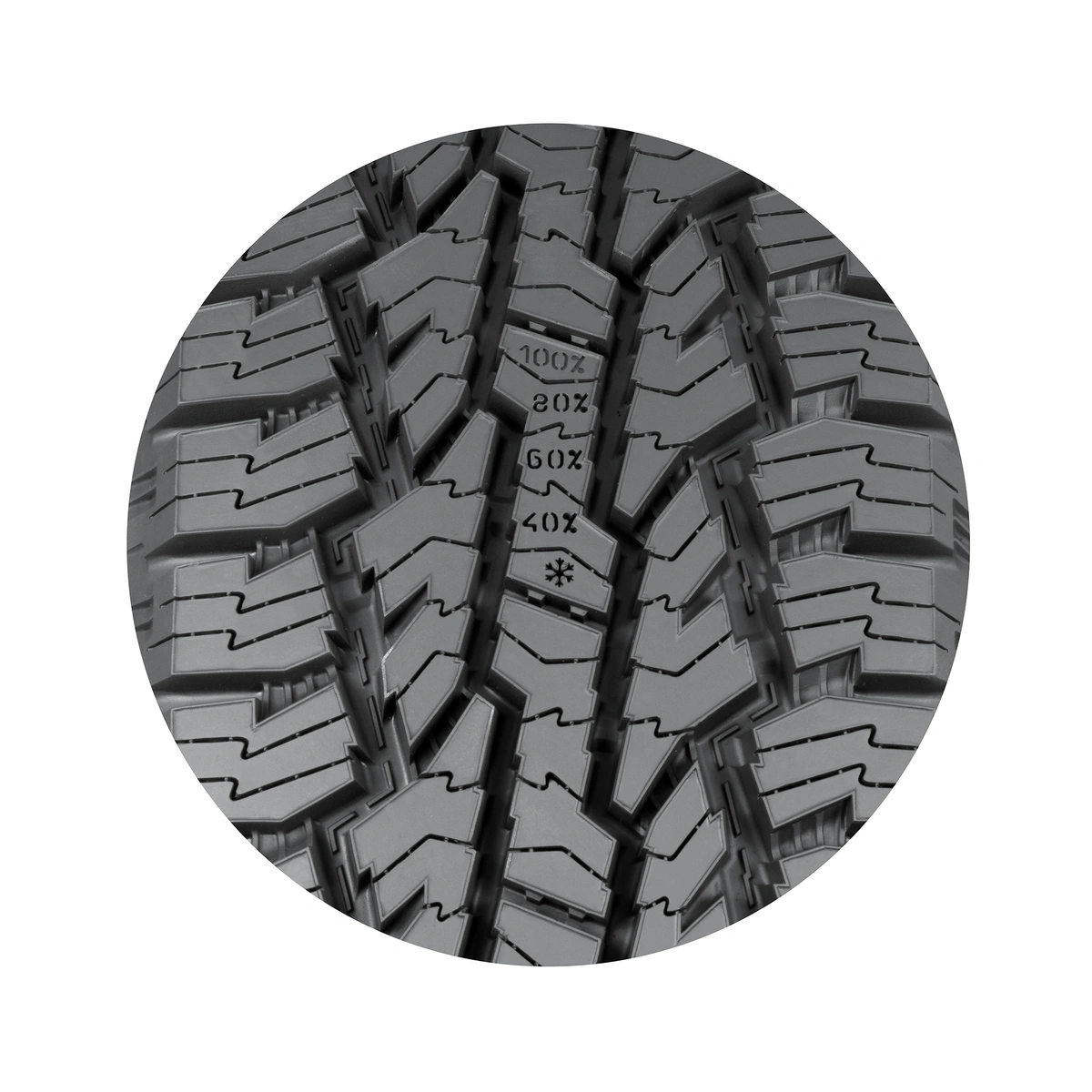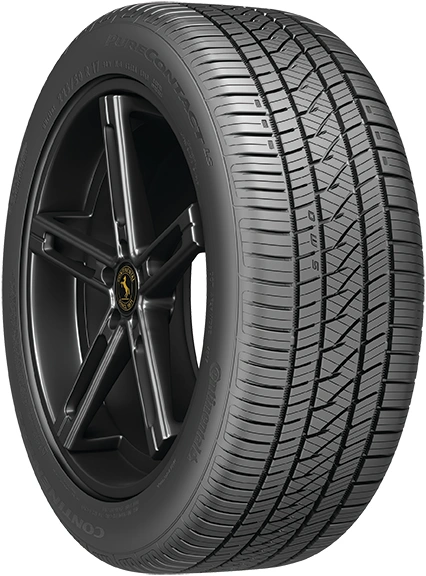Your Shopping Cart
Your cart is empty.
Subtotal ( items)
Instant Rebate Applied:
Promo Code Applied: ID.me Discount Applied:
Have a Promo Code?
Size:
Item
Item
Selected for:
/ each
Add-Ons
Wireless air pump capable of pumping up to 150 psi with 2000 MAH power bank.



Fully protect your clothes and vehicle interior during transportation of your tires. For Tires up to 31" tall and wheels up to 22".
Per sensor
Add TPMS Sensors
/per sensor
Please confirm the make, year, model and trim of the vehicle you want to purchase for:
How many sensors do you need?
The vehicle you have selected is not compatible with aftermarket TPMS Sensors.
Enter a different vehicle to add TPMS sensors

 Front Tire Size:
Front Tire Size:
 Rear Tire Size:
Rear Tire Size:
 Your Vehicle:
Your Vehicle:
Pros & Cons of Staggered Fitment

Attractive Design

Improved Handling

Improved Cornering
Bumpier Ride
Poor Traction in Snow
How do I find my tire size?



Need help?
 Your Vehicle:
Your Vehicle:
Pros & Cons of Staggered Fitment

Attractive Design

Improved Handling

Improved Cornering
Bumpier Ride
Poor Traction in Snow
How do I find my tire size?



Need help?
Pros & Cons of Staggered Fitment

Attractive Design

Improved Handling

Improved Cornering
Bumpier Ride
Poor Traction in Snow
Need help?
Need help?
How do I know if I have an LT tire?

 Your Vehicle:
Your Vehicle:
Sorry, we could not find any available
wheels for your sizing selections.
Need help?
5 Signs You Have Bad Tires
By Tire Agent Staff
March 31, 2023
- What causes tire vibration?
- Why is wire showing in my tires?
- Why are my tires shaking at high speeds?
- Can out-of-balance tires cause vibration?
Did you know that the National Highway Traffic Safety Administration recommends that you change your tire every six years?
As a guideline, this is useful to know, but you’re probably wondering: Why six years? What are the signs my tires are getting old and need to be replaced? Do I have bad tires?
Knowing about signs of wear on your tires can help prevent sudden tire blowouts that lead to car accidents. Knowledge about what makes a tire old will also come in handy when buying new tires. You don’t want to get scammed into buying old or used tires that will blow out in a couple of weeks.
Signs that you have bad tires include vehicle vibrations, shaking and strange noises, which we describe in this post.
1. Bad Tire Noise Symptoms
Having old or worn-down tires isn’t always immediately apparent. If you haven’t established a habit of regularly checking your tires for wear and tear, you could go years without checking your tires. That said, there are some signs while you’re driving that your tires are getting old. One of the things you’ll notice is an increase in road noise.
If you notice an irregular repeated clicking noise while driving centered around the wheel wells of your car, it could be a sign that there is something stuck in one of your tires. At best, it may just be a rock wedged in the groove of one of your tires. At worst, it could be that a nail or sharp object has pierced your tire. Always check right away, as soon as it's safe to pull over and look. If it’s the latter, your tire could suddenly depressurize, leading to an accident.
An increase in vibration while driving can signal that your tires have worn down. A car vibrating or rattling can mean a lot of things. It’s possible that your tires are misaligned or unbalanced, which can be fixed by a mechanic without the need to purchase a new set of tires.
But it could also mean that the treads of your tire have worn down to the point where they don’t offer even and stable contact with the road anymore. This means that they need replacement. This isn’t always obvious, as the tire has likely worn down and increased in noise over a long period of time, meaning you’re probably desensitized to the noise.
Luckily, there are other signs that your tires have worn down.
2. Car Shakes or Vibrates
When it comes to vibrations and road noise, driving on bad tires will feel shaky, as if you’re driving on a bad road. Your steering wheel may shake in your hands or something else in your vehicle rattle at the uneven drive.
If your car shakes or vibrates at higher speeds, it could be a sign that you have one or more worn tires. This could also be a sign that your vehicle is in need of tire rotation, balancing and alignment. If your car continues to shake and vibrate after tire balancing, you may need to replace your tires. Your mechanic will help you assess the cause of the vibrations.
You may also have a problem with your car’s handling when driving on bad tires. Handling refers to your car’s responsiveness to actions you take like accelerating, turning, or braking. For example, if you’re struggling with drifting to the side when turning corners, your car’s handling may not be very good. Bad handling can mean worn down, old tires.
Worn-down tires may also struggle in rainy weather and be more prone to hydroplaning. Again, having bad tires can be very dangerous, so replace them quickly!
3. Bald Spots and Tire Wires or Cords Showing
If you’ve noticed bald spots, tire wires or cords showing, this is a clear sign that your tires need to be replaced. Don't drive on them. What are those wires? Why are they in your rubber?
A tire is mostly rubber, which isn't able to maintain its shape and stay attached to the wheel on its own. High-strength steel chords are therefore placed around the circumference of the wheel to aid with this. These steel cords are inside the rubber of your tire and should never be visible.
With visible cords, the outside rubber of your tire has worn down to the point where its inner construction is visible. This means the rubber of your tire is very thin — too thin — and can easily rupture or pop. It also means that damage to the exposed steel cords could potentially lead to a loss of structure in your tire.
4. Cracks or Bulges in Your Tire
Cosmetic damage to the construction of your tire may also be a sign that your tire needs replacing. Over time, the rubber will age from being exposed to raw environments and will crack. These cracks can quickly turn into weak points and air may fill the weak point in an uneven way. This will lead to a bulge of air in your tire, almost appearing like a tumor.
Tires with cracks or bulges should be immediately replaced, as they will very quickly lead to blowouts.
Particularly dry climates or very cold areas can cause the rubber to become brittle and wear out faster. If you live in these areas, get in the habit of checking your tires more often.
5. Worn Treads (Use the Penny or Coin Check)
Many of the signs we mentioned are extreme to the point where you need to immediately replace your tire. Hopefully, you’ll never get to the point where you’re risking a blowout. You may be wondering how to “take the temperature” and check the status of your tire treads are.
Many of today's tires have built-in tread wear indicators in the treads of the wheel. This might look like a colored bar that changes color when the tread is worn. Some tire manufacturers use a stamp, such as this one from Nokian, which suggests 100%, 80%, 60%, etc., tire tread remaining:
and these wear bars and stamps from Continental on their PureContact LS model:
That there is a very easy “penny check” that you can do at home right now to see the current status of most tires. This involves taking a penny and sticking it in the groove of your tire, head side down. If you can see all of Lincoln’s head, it’s a sign that you probably need to replace your tires.
Recommended tread depth isn’t always the same for every tire. If you want to learn more about checking tire tread depth, we have a separate article covering this topic.
ID39617519 © Clearvista | Dreamstime.com
How to Qualify for the $50 Offer
- Add items to your cart and begin checkout.
- Select PayPair and apply for financing.
- If you’re approved by a participating lender, you’ll see a $50 promotional rebate applied to your order total.
-
To receive the $50, you must:
- Complete your purchase with a qualifying lender,
- Agree to the payment terms,
- And make the required number of consecutive on-time payments, as specified by the lender.
Note: Offer available only through select lenders. Additional eligibility requirements and conditions apply. Rebate may be issued after verification of qualifying payment activity. Terms subject to change.
How to Purchase Tires and Wheels
With a Payment Plan
Tire Agent's payment plans make it easy to get the best partial or full set of tires and wheels for your vehicle.
It's fast, secure and won't affect your credit score
Match with multiple lenders
Why Choose PayPair?
PayPair’s Partners and Plans

No Money Down

No Money Down

No Credit Needed*

No Money Down

$1 to Start!*

No Money Down

No Credit Needed*

$1 to Start!*

No Money Down
Other Payment Plans

$0 to Little Down

Pay with your bank account

Simplified checkout experience

Faster and easier than using cards or cash

Simplified checkout experience

Faster and easier than using cards or cash
*SNAP: The advertised service is a lease-to-own agreement provided by Snap RTO LLC. Lease-to-own financing is not available to residents of Minnesota, New Jersey and Wisconsin. NO CREDIT NEEDED: Not all applicants are approved. While no credit history is required, Snap obtains information from consumer reporting agencies in connection with applications, and your score with those agencies may be affected. PAYMENT PLAN: The standard plan consists of renewable lease terms. To exercise an early ownership, consumers must make regular payments on time and schedule additional payments via the customer portal or by contacting Customer Care at 1-877-557-3769. KATAPULT: The Promotional Initial Payment (plus any applicable taxes and fees) is due at lease signing. Your lease-purchase payment amount will be determined after you select your product(s). You will not acquire ownership of the product(s) if the total amount necessary to acquire ownership is not paid. The Promotional Initial Payment does not reduce the cost of the lease-purchase agreement. The Promotional Initial Payment is only available when shopping at Tire Agent through the Katapult mobile app and at Tire Agent’s website. Product pricing subject to change and availability. Disclosure: 90-day early purchase option (EPO) terms and conditions apply: 90-Day (3 months in CA) You can buy out your lease-to-own agreement within the first 90-days. This amount includes the cash price, plus the lease-to-own cost for the first 90-days. Taking advantage of the 90-day purchase option will save you the most money! PROGRESSIVE: Ownership by rental/lease agreement with Progressive Leasing costs more than the retailer’s cash price. Select items only. Cancel or purchase early at any time. Not available in MN, NJ, VT, WI, WY. Progressive Leasing obtains information from credit bureaus. Not all applicants are approved. Standard agreement offers 12 months to ownership. 90-day purchase options cost more than the retailer’s cash price (except 3-month option in CA). To purchase early or to cancel lease, you must call 877-898-1970. Retailer cannot activate early purchase options.



